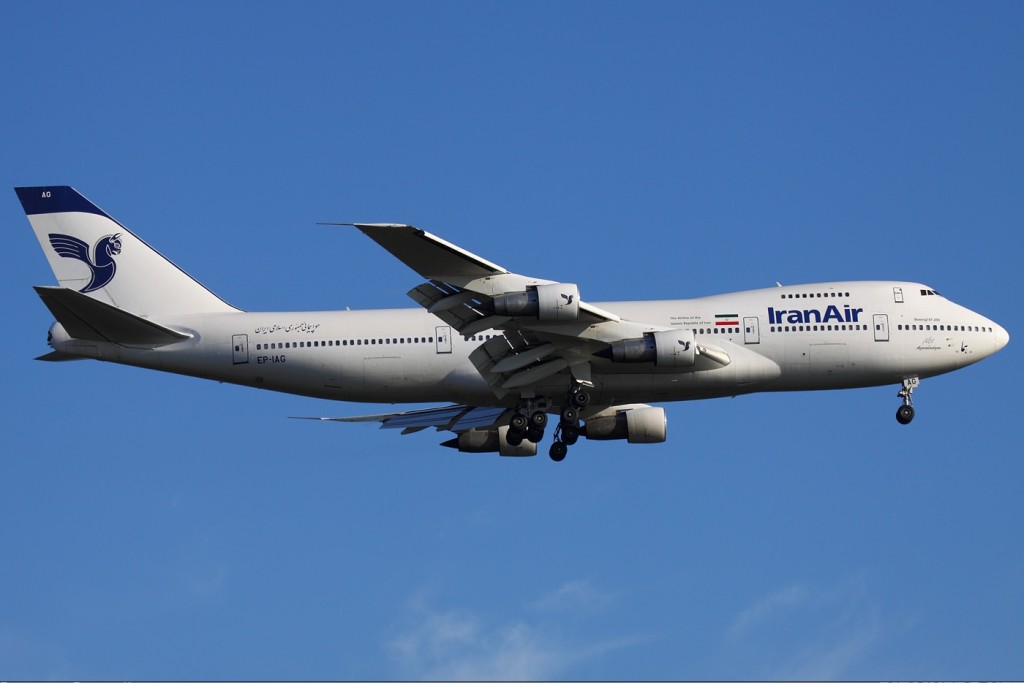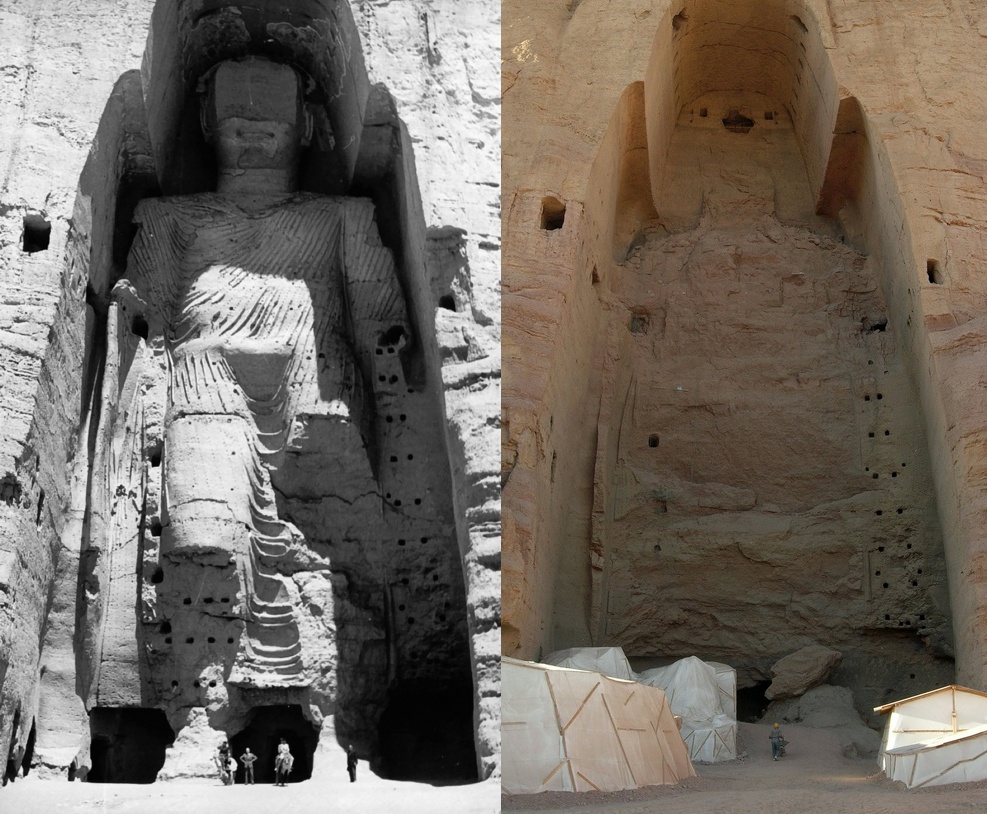While Western governments were the first to develop a framework to help secure the safety of air travel, the policy of sanctions against the Iranian economy, which despite the private sector’s protests includes the aeronautic sectors, jeopardizes multilateral efforts to reduce risks of tragedy.
Many proponents of the policy argue sanctions are intended to disrupt channels through which Iranian engineers could “cannibalize” civilian aircraft parts for military applications. However, despite American interests in working to preserve the safety of international civil aviation, particularly in the wake of 9/11, her policy vis-à-vis the Iranian aeronautics industry continues to endanger flights in and out of Iranian airports. Indeed, notice of such ramifications have reached the highest levels of American government, represented by instances where an executive waiver was granted to expedite the transfer of spare parts to Iran.
While US sanctions prohibit practically all forms of trade with Iran, enforcement efforts limit the transfer of Western-engineered technology to the Islamic Republic. The stringent enforcement of sanctions legislation by the State Department and the Office of Foreign Assets Control extends to foreign made aircrafts in which at least ten percent of the plane’s parts originated from the United States. This threshold prohibits trade with Iran on practically all forms of civil aviation technology, including new or spare parts, communication technology, and even extends to civilian pilot training.
With what Iranian officials characterize as Western monopolization of aviation technology, the American policy has managed to bar investment in a significant Middle Eastern market, which has subsequently bolstered domestic aeronautical research and development. Iranian manufacturers already produce small and medium passenger-size aircraft and expect to produce their first passenger jet by 2018.
Amidst a series of theories concerning the mysterious disappearance of the Boeing 777 Malaysia airlines flight MH370, Boeing’s company stock took a hit last month, falling almost five percent. A tragedy involving one of Boeing or Airbus’ antiquated aircrafts operating in Iranian fleets, caused by safety irregularities stemming from US sanctions, would negatively impact both brand and solidarity within the sanctions regime.
American companies have long lobbied against sanctions on Iran, claiming their operations are experiencing collateral damage as a result of increasingly intolerant enforcement. The embargo, through preventing American investment in Iran, provides a competitive advantage for European and Asian firms. Additionally, extending sanctions to non-US entities engaged in trade with Iran restricts American companies from “virtually any transaction” with many Chinese, Indian, and Gulf firms with sizeable, and largely unrelated, investment in Iran. Despite these efforts, enforcement officials continue to blacklist entities both foreign and domestic firms found to be in circumvention of US imposed regulations.
“Iranian officials have recently expressed interest in reinstating flights between Iran’s capital and Washington D.C”
Once the premier airline of the region, Iran Air has suffered extensively under sanctions. The national airline’s current fleet is largely made up of Boeing and Airbus models dating back to the early 1970s. Unable to acquire directly from the big two manufacturers, Iranian airlines have expanded fleets by acquiring Russian aircrafts and honing indigenous manufacturing capabilities through a partnership with Ukraine’s Antonov.
The private sector’s involvement in Iran’s airline industry is a somewhat recent phenomenon, due to large-scale nationalization during the Iran-Iraq war that limited opportunities for private investment. Increased demand led to an influx of small private airlines throughout the 1990s, but high capital requirements and difficultprocurement procedures limited expansion opportunities.
Many envisioned Tehran as a global hub in the region, and Iran Air’s rapid expansion in the two decades prior to the revolution served various existing tourist attractions throughout the country. While companies left Tehran to avoid costly penalties, nearby countries began adopting airline–centric tourism models with great success, such as those in Turkey and Dubai. Already endowed with active religious and medical tourism sectors, there are enormous opportunities for growth in historical and environmental tourism. Recent diplomatic advances regarding the nuclear deal have added to a new sense of optimism for the future.
Iranian officials have recently expressed interest in reinstating flights between Iran’s capital and Washington D.C, but it remains unclear which airline would service this route. Before this can occur, political leaders must take the first steps towards bringing people together and begin to reform Iran’s stagnant airline industry.
The next round of talks on a comprehensive deal are scheduled for early May.



